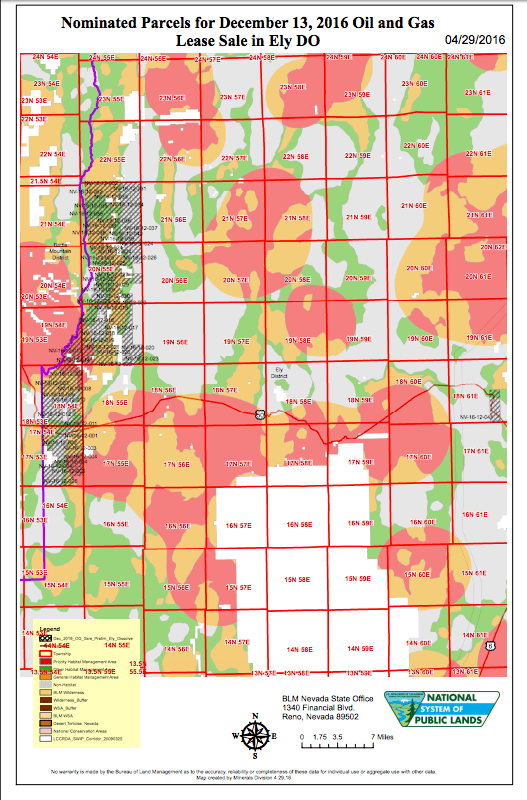GonaCon™ is an EPA-registered, immuno-contraceptive pesticide. Its classification is “restricted-use” due to “non-target injection hazard.” EPA warns that “pregnant women should not be involved in handling or injecting GonaCon and that all women should be aware that accidental self-injection may cause infertility.” Children are not allowed in areas where the product is used. [4, 6] Please keep in mind that the GonaCon™ dose-in-question is meant for a horse.
GonaCon™ “works” by causing an auto-immune disorder. Behaving like a perverted vaccine, GonaCon™ tricks the immune system into producing antibodies that destroy a female’s gonadotropin-releasing hormone (GnRH). Without GnRH, a female does not produce sex hormones, does not come into estrus, and is thus infertile. Behaviorally, courtship-rituals cease. [1, 3-6]
For those wild-horse-and-burro advocates who oppose the other immuno-contraceptive — PZP — you will be disturbed to learn the following from the USDA-APHIS “Questions and Answers” sheet regarding GonaCon™:
“After evaluating GonaCon™, the Food and Drug Administration (FDA) … approved the slaughter of pigs vaccinated with GonaCon™. Similar injectable hormone-altering products are used routinely in livestock applications.” [5]
Good grief. So, the slaughterhouse pig ovaries used to manufacture PZP may very well come from animals who were previously injected with GonaCon™ to destroy their GnRH hormone — without which the ovaries cannot produce estrogen — and those poor pigs may also have been “routinely” injected with other similar “hormone-altering products.” Then our wild horses and burros are injected with PZP, which itself causes a marked drop in estrogen after just three treatments. [2] Surely, these hormonal atrocities constitute animal abuse.
GonaCon™ is long-acting. The treatment-protocol, consisting of two injections administered 30 to 60 days apart, can cause infertility for as long as four-to-five years without the need for booster shots. [3, 5] However, mares would still need to be rounded up and held captive for those 30 to 60 days to administer the injections properly. If all females in a small herd were treated per the multi-year plan, it could result in an unintended consequence — a huge gap in the herd’s age-structure, because very few if any foals would have been born during that period. Indeed, although the pesticide’s effectiveness was expected to diminish over time, a 3-year study of GonaCon-treated elk revealed that the percentage of infertile females actually increased each year, finally reaching 100%. It was also noted that every one of the treated elk suffered an abscess at the injection-site. [1]
Because GonaCon™ stimulates the immune-system, it will elicit the greatest reaction — the greatest output of destructive antibodies — if a mare is blessed with healthy immune-function. Such a mare will react strongly and be contracepted quickly. But she could just as easily be sterilized. In fact, GonaCon’s™ “application instructions” warn of the chance of sterilization. [5]
On the other hand, GonaCon™ may not work at all if a mare suffers from weak immune-function. That mare’s immune system will fail to react to GonaCon™, and she will get pregnant in spite of it. Thus, over time, there is the risk of another unintended consequence — selection for the immuno-compromised. As Jenny Powers, a National Park Service wildlife veterinarian and one of three lead scientists who participated in the elk research commented: “Any time we’re manipulative with wild animals, we’re messing with natural selection.” [1]
————————————————————————————
Report prepared by Marybeth Devlin on December 18, 2015 for Protect Mustangs
————————————————————————————
References:
1. Keller, Larry. (2011, May 17) To shoot, or not to shoot, at Rocky Mountain NP. High Country News. Retrieved from http://www.hcn.org/blogs/range/to-shoot-or-not-to-shoot-at-rocky-mountain-np
2. Kirkpatrick, J. F., I. K. M. Liu, J. W. Turner, Jr., R. Naugle, and R. Keiper. 1992a. Long-term effects of porcine zonae pellucidae immunocontraception on ovarian function of feral horses (Equus caballus). J. Reprod. Fert. 94:437-444. Retrieved from http://www.ncbi.nlm.nih.gov/pubmed/1317449
3. McGrath, Matt. (2011, September 1) “Deer ‘pill’ curbs aggressive mating.” BBC News. Retrieved from http://www.bbc.com/news/science-environment-14744811
4. United States Environmental Protection Agency. (2009) Pesticide Fact Sheet. Mammalian Gonadotropin Releasing Hormone (GnRH). Retrieved from http://www3.epa.gov/pesticides/chem_search/reg_actions/registration/fs_PC-116800_01-Sep-09.pdf
5. USDA-APHIS. (2006, May 1) “GonaCon™—Birth Control for Deer: Questions and Answers.” Digital Commons@University of Nebraska – Lincoln. Retrieved from http://digitalcommons.unl.edu/usdaaphisfactsheets/7/
6. U.S. Department of the Interior. (2015) Review of Ungulate Fertility Control in the National Park Service. Retrieved from https://www.nature.nps.gov/biology/wildlifehealth/Documents/Ungulate%20Fertility%20Report_09242015.pdf
Protect Mustangs is an organization who protects and preserves native and wild horses.
















